Many individuals are still perplexed by the concept of NFTs. That is why we have written this article to clarify things up.
Not only will we answer the question of “how many NFTs are there”, but we will also explain what NFTs are and other factors about it you should know.
When discussing NFTs, it’s usually within a discussion of cryptocurrencies like Ethereum. This is because most NFTs run on the Ethereum network, but there are other blockchains some NFTs use as well, such as Solana and Polkadot.
The key difference is that NFTs and crypto are not the same. NFTs represent digital ownership, while crypto is simply digital cash. They are often linked together because NFTs use crypto to function.
What are NFTs?

NFTs can take different shapes and sizes. The most popular form of NFTs are called “non-fungible tokens,” which are digital assets that represent ownership of something unique.
This can be anything from in-game assets to digital art that represent both tangible and intangible items that include:
- Graphic art
- GIFs
- Videos and sports highlights
- Collectibles
- Virtual avatars and video game skins
- Designer sneakers
- Music
Some people have even auctioned off NFTs for real-world items, such as a tweet by Jack Dorsey (TWTR) that as an NFT for more than $2.9 million or an investment firm buying $913,000 on a parcel in Decentraland.
So how many NFTs are there?
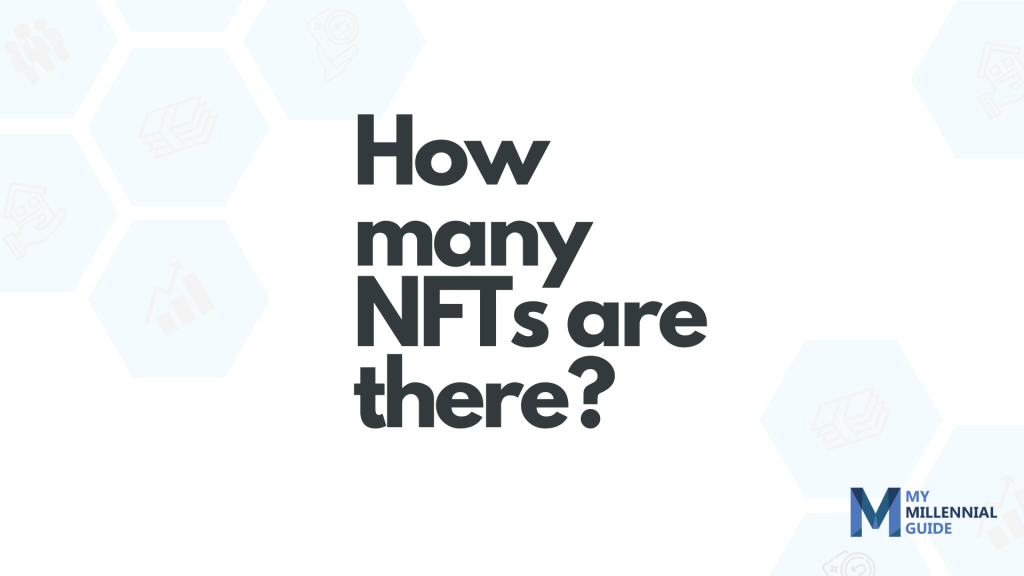
This is a difficult question to answer because of how new and ever-changing the space is where anyone can easily get free NFTs. However, according to Nonfungible.com, there are currently over 11 million NFTs in existence.
As the data shows, there are innumerable individual NFTs representing works of art, videos, video game content, music, and more.
– My Millennial Guide
This number will likely only continue to grow as the popularity of NFTs increases and artists and creators emerge.
As the data shows, trading in nonfungible tokens (NFTs) hit $17.6 billion last year, an increase of 21,000% from 2020.
So, if you’re looking to get in on the action, now is a good time!
How many NFT holders are there?
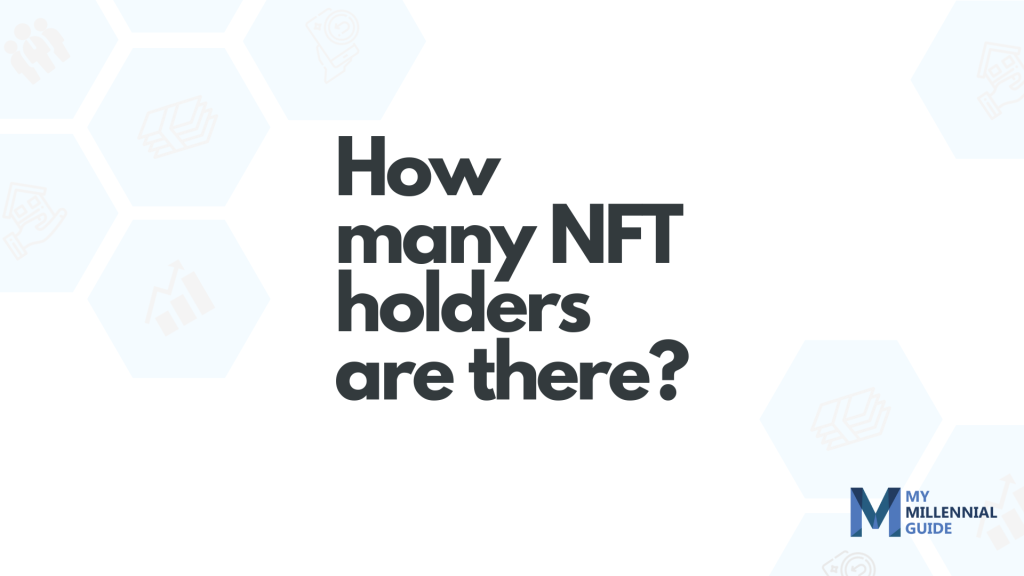
As of 2021, there are around 360,000 NFT owners.
According to the Financial Times and Chainalysis, there are approximately 360,000 NFT owners holding around $2.7 million in NFTs between them.
However, around 9% of the total group is responsible for approximately 80% of the market value.
How many types of NFT are there?
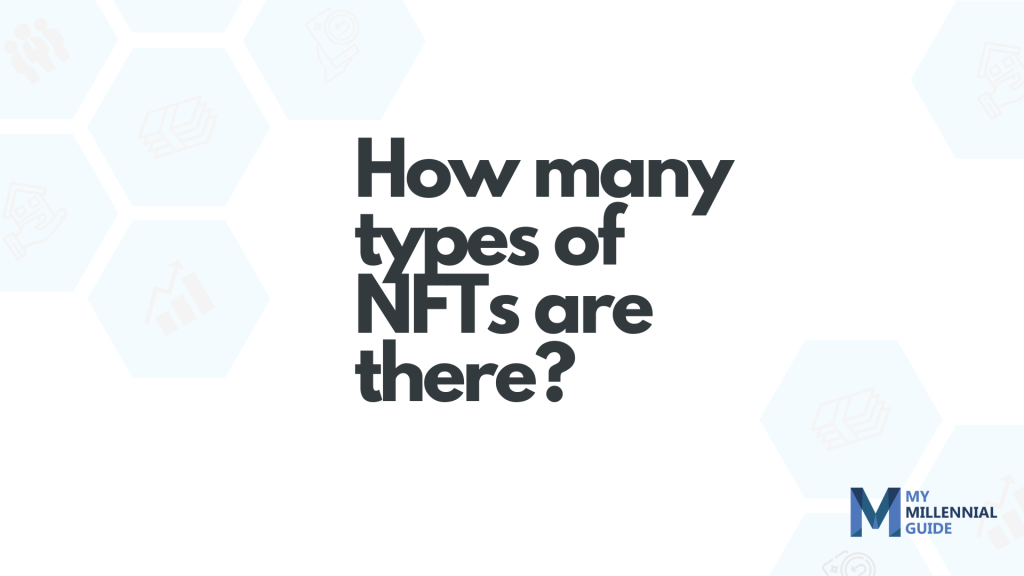
There are over 10 different types of NFTs, but the three main types of NFTs include crypto art, in-game items, and collectibles.
- Crypto art
- In-game items
- Collectibles
Crypto art is a type of digital artwork that is authenticated and stored on a blockchain. The first known instance of crypto art was the CryptoPunks collection, which was launched in June 2017.
In-game items are digital assets that exist within a video game. The most popular type of in-game item NFT is probably the CryptoKitty, which was launched in November 2017.
Collectibles are digital assets that can be collected and traded. The most popular type of collectible NFT is probably the Decentraland land plot, which was launched in December 2017.
How are NFTs different?
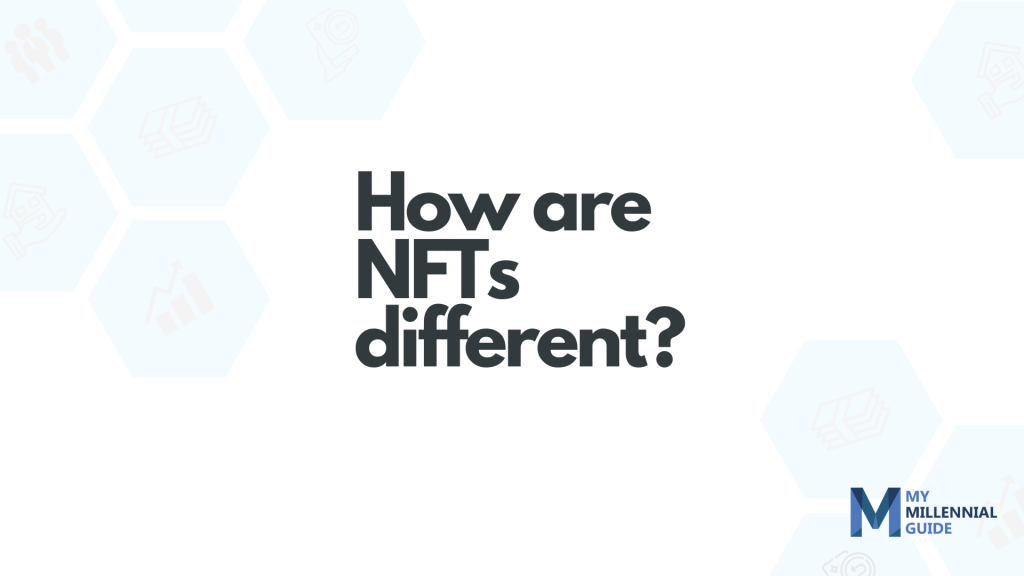
What is the difference between an NFT and a cryptocurrency?
Cryptocurrencies are digital assets that can be used as a medium of exchange. Bitcoin (BTC) is the most well-known cryptocurrency, but there are many others, such as Ethereum (ETH), Litecoin (LTC), and Ripple (XRP).
NFTs are digital assets that represent ownership of something unique. They can take many different forms, such as in-game items, digital art, or collectibles.
While NFTs and cryptocurrencies are both digital assets, they serve different purposes. Cryptocurrencies are meant to be used as a medium of exchange, while NFTs represent ownership of something unique.
What is the difference between an NFT and a blockchain?
A blockchain is a distributed ledger that records transactions. Bitcoin (BTC) and Ethereum (ETH) are both examples of cryptocurrencies that use a blockchain.
NFTs are digital assets that represent ownership of something unique. They can take many different forms, such as in-game items, digital art, or collectibles.
NFTs use blockchains to function. The most popular blockchain for NFTs is Ethereum (ETH), but there are others, such as Solana (SOL) and Polkadot (DOT).
What is the difference between an NFT and an ICO?
An ICO is a type of crowdfunding that allows startups to raise capital by selling cryptocurrency tokens. The most well-known example of an ICO is the Ethereum (ETH) ICO, which raised over $18 million in 2014.
NFTs are digital assets that represent ownership of something unique. They can take many different forms, such as in-game items, digital art, or collectibles.
NFTs are not used to raise capital like ICOs. Instead, they are used to represent ownership of something unique.
What is the difference between an NFT and a smart contract?
A smart contract is a type of computer protocol that allows for the execution of contracts. The most well-known examples of smart contracts are on the Ethereum (ETH) blockchain.
NFTs are digital assets that represent ownership of something unique. They can take many different forms, such as in-game items, digital art, or collectibles.
NFTs use smart contracts to function. The most popular blockchain for NFTs is Ethereum (ETH), but there are others, such as Solana (SOL) and Polkadot (DOT).
NFT Statistics 2022
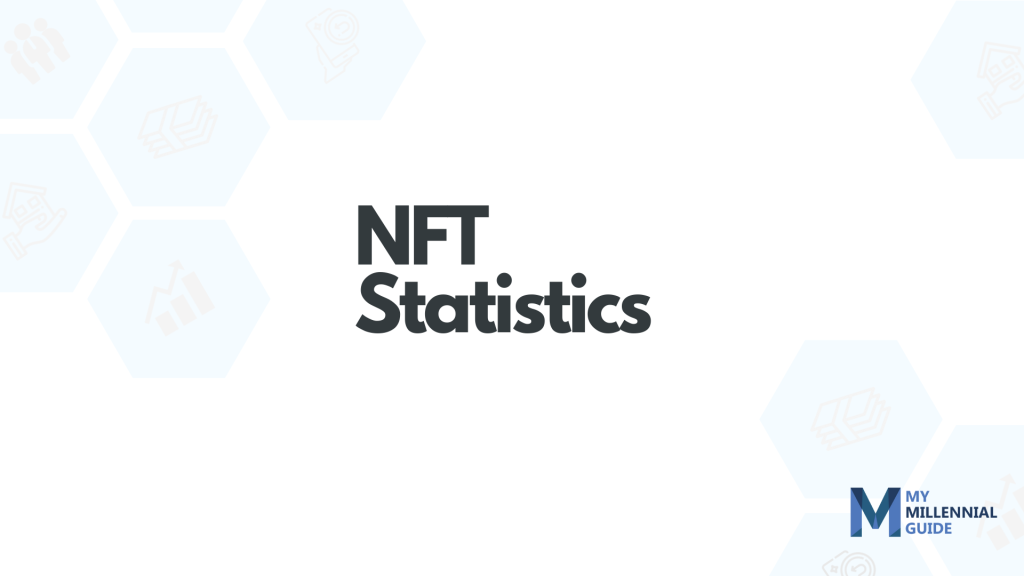
Looking for NFT statistics for 2021 or 2022? Here are some statistics on sales, buyer demographics, market size, market analysis, OpenSea states, and on how many NFTs are there.
1. Nearly $41 billion worth of crypto was spent on the NFT marketplaces in 2021.
(Chainalysis)
This is an interesting NFT stat that shows how the industry is growing. The NFT marketplace is still a new concept, and they are only getting bigger and better.
2. The most valuable NFT is worth more than $91.8 million.
(Artnet)
This stat just goes to show how much potential there is in the NFT marketplace. The most valuable NFT is worth more than some traditional art pieces.
3. Cryptopunks account for five of the 20 biggest NFT sales.
(Exploding Topics)
This NFT stat shows how popular Cryptopunks are. They are one of the most popular types of NFTs, and they have even been featured in mainstream media.
4. The first NFT emerged in 2014.
(Alternative Press)
This NFT stat shows how new the concept is. The first NFT only emerged a few years ago, and the industry is still in its early stages.
5. Over 50% of all NFT sales are below $200.
(Artnet)
This NFT stat shows how accessible the market is. Over half of all NFT sales are below $200, which means that anyone can get involved.
6. Average NFT prices vary six-fold by platform.
(Tealfeed)
This NFT stat shows how different platforms have different prices. The average NFT price on one platform can be six times higher or lower than on another platform.
7. The Nyan Cat GIF sold for $590,000 worth of cryptocurrency in 2021.
(South China Morning Post)
This NFT stat just goes to show how much potential there is in the marketplace. The Nyan Cat GIF sold for a whopping $590,000 worth of cryptocurrency.
8. An estimated 250,000 people trade NFTs each month on OpenSea.
(CNET)
This NFT stat shows how popular the concept is. An estimated 250,000 people trade NFTs each month on one of the largest NFT marketplaces.
So How Many NFTs are there?
How many NFTs are there? As the data shows, this is a difficult question to answer because of how new and ever-changing the space is. However, according to Nonfungible.com, there are currently over 11 million NFTs in existence.
The number of NFT-related searches has exploded over the past year, with Google accounting for a massive proportion of that traffic.
These data indicate that non-fungible tokens are taking hold all around the world, and the current surge in popularity is here to stay. People are prepared to pay millions of dollars for the chance to be part of this new and exciting world, and the market is only getting bigger.
So, how many NFTs are there? It's impossible to say for sure, but with the current trend of growth, it is safe to say that the number is in the millions and still growing.
More Resources
- 15 Best Places to Buy Bitcoin
- 8 Best Crypto Savings Accounts
- 13 Best Coinbase Alternatives
- How to Buy Shiba Inu Coin (SHIB)
- Coinbase vs eToro
- Bitcoin for Dummies
Sources:
- Alternative Press
- Insider
- CivicScience
- Digiconomist
- Finder
- Morning Consult
- Quartz
- Tone Deaf
- Artnet
- Chainalysis
- CNET
- Exploding Topics
- Mashable
- NonFungible
- Tealfeed
- ArtTactic







